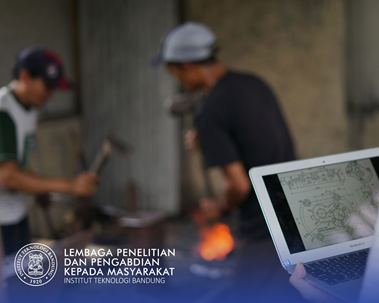

Arjo Prawoto Wibowo
Utilization of that mineral resource, such as copper, gold, and nickel by mining activity, has increased Gross Domestic Product both in national level and regional level. Mining activity cause high benefit during mine operation phase. Unfortunately, those benefit will decline as the depletion of mineral resource. The well-known theory in utilization of mineral resource is Resource Curse theory. Resource Curse theory state the negative effect of natural resource abundance on economic growth. There are two mechanism that caused Dutch Disease (Corden and Neary, 1982). The first is called the Resource Movement Effect (RME) which describes the movement of production factors from various sectors towards the mining sector due to higher marginal productivities. The second mechanism is called the Spending Effect (SE). SE describes the inflationary outcome of an income shock which, in turn, decreases the competitiveness of commodities outside the mineral sector. This paper is empirical study to examine the potential Dutch Disease caused by the production of mineral resources in regional level. The case studies are production of mineral resources in Province of West Nusa Tenggara, South Sulawesi, and Papua. The method applied is Vector Auto Regressive (VAR). Conclusion • It is important for resource rich province to enhance prudent macroeconomic policies to avoid contraction of manufacturing, agriculture, and service that might be caused by appreciation of inflation due to increased consumption, commodity prices and demand. • Although mineral mining sector has a significant role in the economic growth, it is necessary for the government to adopt regulation that develop non-mineral mining sector for regional sustainable development
Penerapan Karya Tulis, Pelaksanaan Kegiatan Kepedulian Sosial berupa pendidikan/penyuluhan/pendampingan
Mining benefit will decline as the depletion of mineral resource.